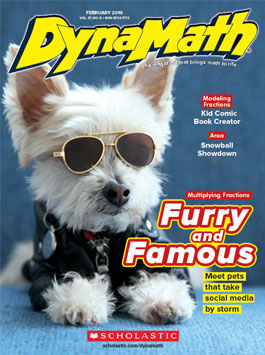Greetings! I am a 4th grade math teacher in Texas. I love math, and I work to pass that love on to my students.
For the past 3 years, I have ended the school year with a career research project. Last year, I made it about math. My goal was for students to make connections to the math concepts they learned this year and the jobs in the real world.
Though it was a lot of work (and a big learning experience for me!), the students were proud of their final product, their parents were astonished, and the administration was exceptionally impressed by the students’ achievements.



